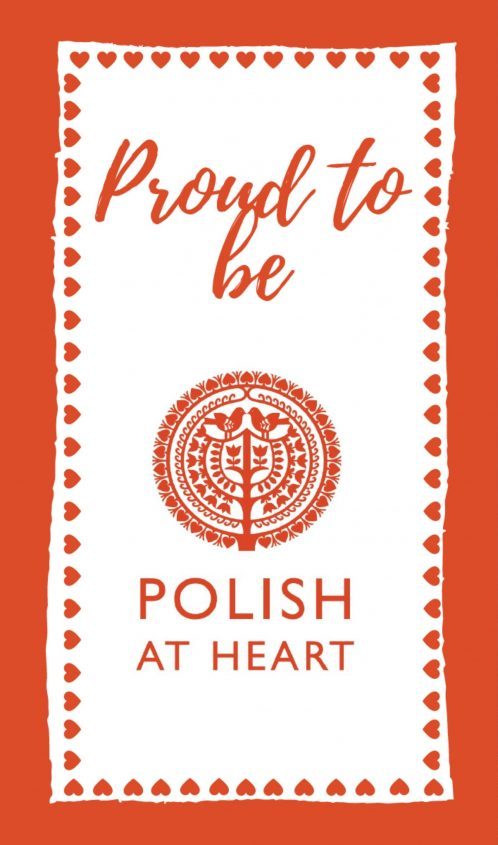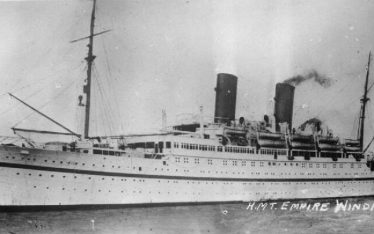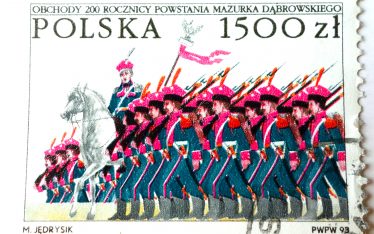The images of Poland we ‘English Poles’ grew up with in post-war UK were, I suspect, nothing like what our contemporaries in Poland had. Our identity was rooted in the past and wrapped around a very specific element of Poland, that of the II Polish Republic which our grandparents had grown up in and our parents had been born into. That no longer existed, yet in the hearts and minds of generations living abroad it remained very much alive and was imprinted firmly into our young minds.
1. 1930s map of Poland
Which stretched far into the east, her traditional place in the geography of Europe. My father’s village, once in the centre of Poland, had post-war moved to within 20km of the Belarus border, a change felt at the time to be unacceptable and unsustainable. This map hung on the walls of most classes in my Polish Saturday School in Leeds and it represented what we believed may one day be regained.
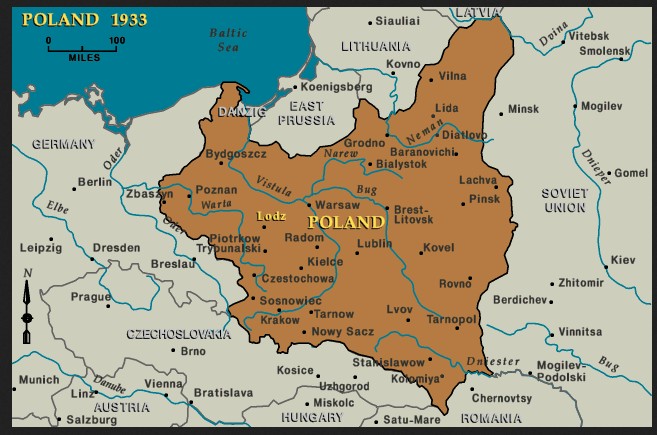
2. Poland broken by war
Images like this weren’t so much ones we saw, but felt. Here we have a street in Wilno (Vilnius) in 1944 as the Eastern Front passed through with the Germans retreating. It reminds me of my Babcia (my mother’s mother) telling me about escaping from the basement of her burning house after a shell hit it, with her elderly mother and young child in tow. They sheltered in abandoned houses, anywhere they could, as the shells continued to rain down. Her stories were burnt deeply into my young mind.
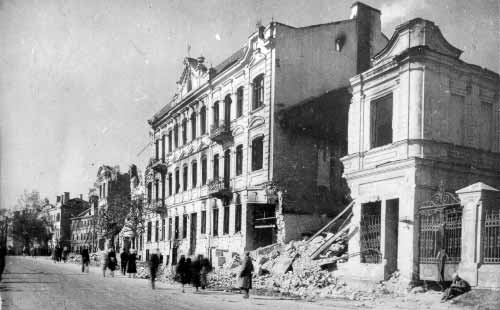
Vilnius in 1994 (public domain)
3. Transport to the wastes of Siberia
Again, not an image we saw at the time, but was in our heads, imagining what our parents’ families went through being deported to forced labour camps. Only recently with Simon Reeve’s current series of programmes about Russia am I starting to get to grips with the vastness of the Soviet Union and the enormous reserves of determination our families needed to survive the camps and the long journey out of this hell. As a child, I had images of sleighs filled with possessions, of the cattle trains but not the hunger, fear, unimaginable cold, or views of endless snowy plains without hope of escape.
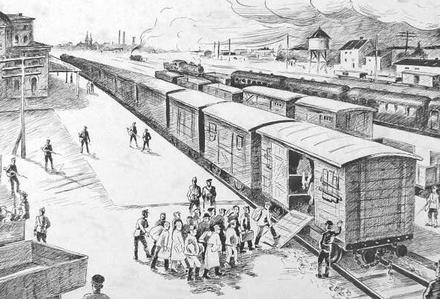
From the Kresy Family Polish WWII History Group
4. Guide to Polish Kings and Princes
Returning to the theme of Polish Saturday School, this is the poster that also hung on many classroom walls. The famous 19th century artist Jan Matejko drew 44 of these in pencil for a historical book. They were later coloured by his pupils Leonard Strovnowski and Zygmunt Papieski. It was imperative that we knew our history and all these colourful characters.
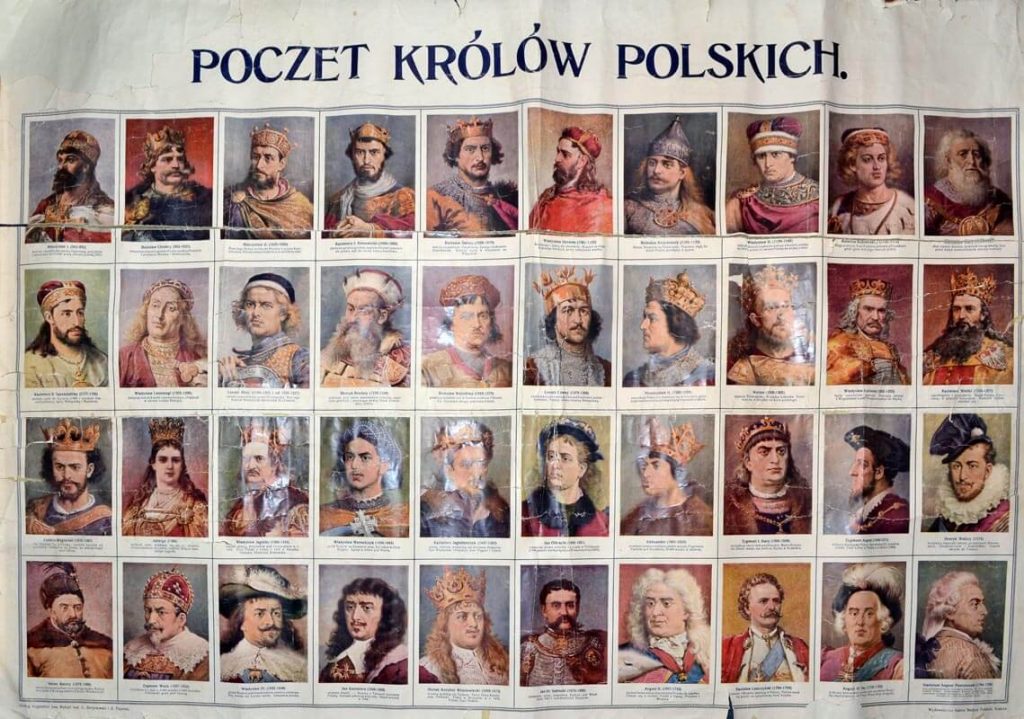
5. Our WWII text books
Many of our books at Polish school looked like this – and they smelled wonderful! Some had been printed in Jerusalem in British Palestine. Others like this one was printed in Bari, Italy by the publication department of the II Polish Corps. Everything was linked back to the war for us. No wonder we liked to hear our older teachers talk about it. Yet in the English world around us, no one talked about war. It was long gone and people were living in the modern world.
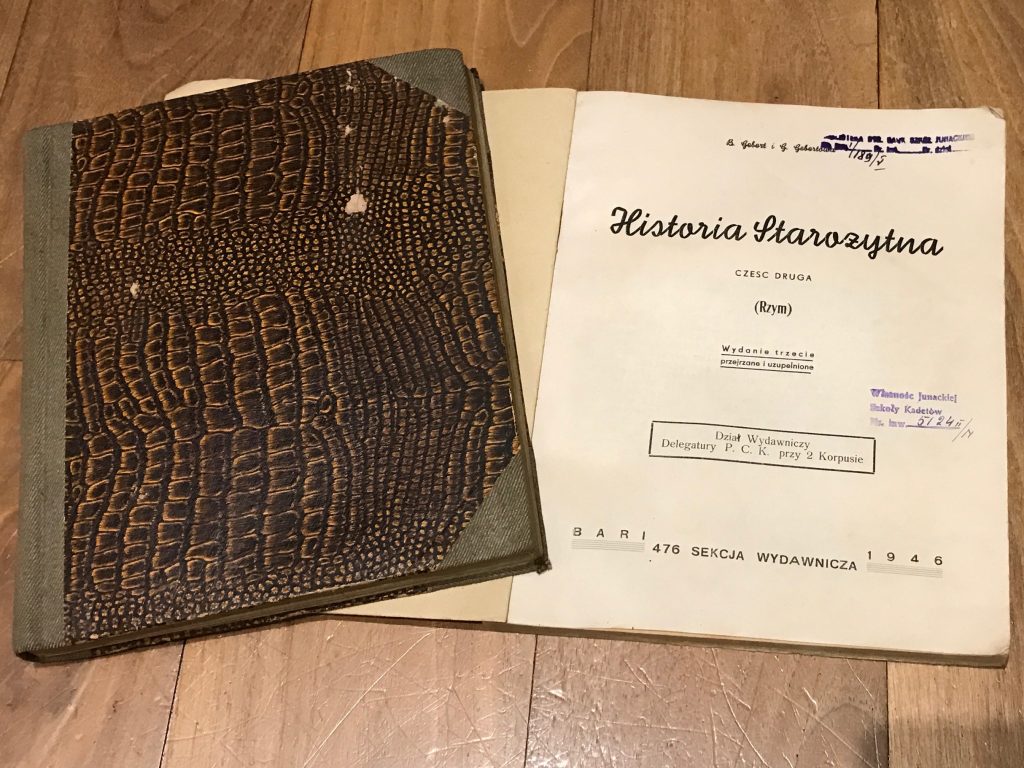
6. Generał Władysław Anders
Anders was the bald headed saviour we all recognised from this photograph. Leading almost 120,000 Poles out of Soviet Russia, including my grandparents, father and aunt and setting up the new Polish II Corps, he saved nearly a tenth of the Poles deported to Siberia, others had already died or were unable to leave. It was only many years after his death, when I’d received a prize book at Polish School about him, that I began to understand why he was so key to the War. In it there’s a foreword he wrote for children:
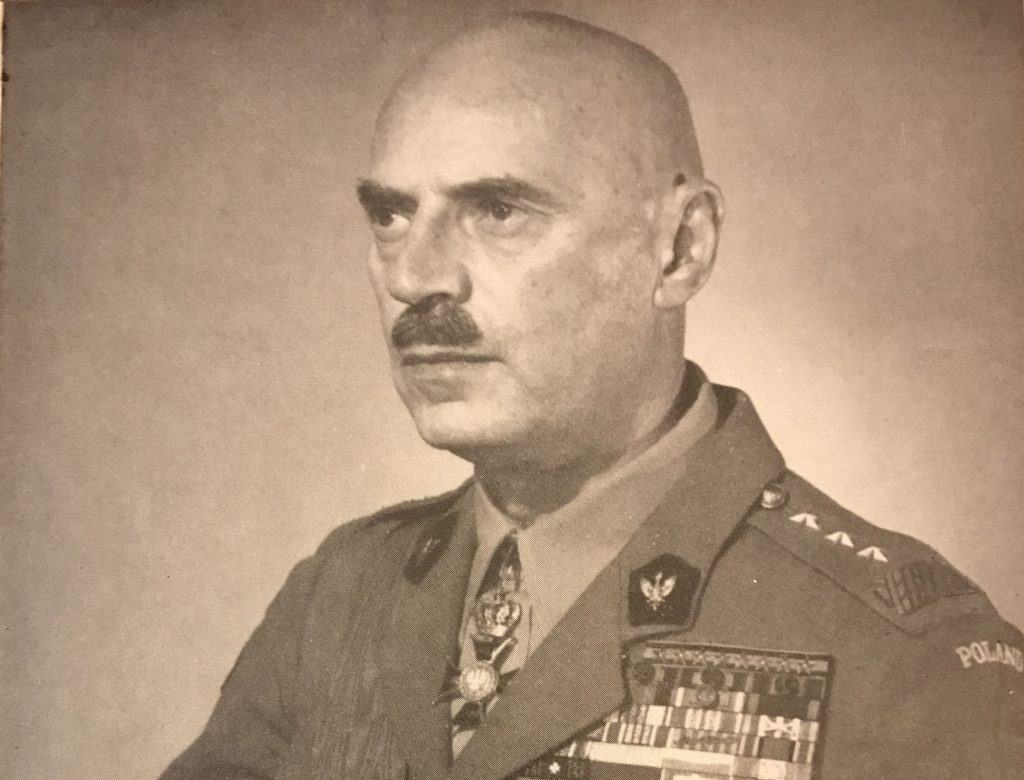
„Wy podejmujecie i przejmujecie tę służbę od starszego pokolenia, aby nigdy nie zagasła wola nasza odzyskania prawdziwej niepodległości”
“You undertake and accept this service from the older generation, so that our will to regain true independence will never be lost.”
7. The Dziennik Polski
The Daily UK Polish newspaper published since 1940 and Tydzień Polski (weekend edition) still published to this day. To us children it looked rather boring, but it kept the community together, told of important events in Poland and led the struggle against communism from every fireside. The masthead brings back strong memories of watching my grandfather (mother’s father) reading it on his Saturday visits after work. The articles were clearly emotive for him as I would watch the vein on his temple throb strongly at this time. When I read my own copy now, I often think of him doing the same, and wonder about his emotions.

8. The Stowarzyszenie Polskich Kombatantów (Polish Ex-Serviceman’s Assocation)
My Polish nursery was based in the SPK building in Leeds (sadly knocked down), so I was taken there every Saturday as a young child. Next door was a restaurant ( I remember the homely food smells) and the HQ of our local branch, half way between my grandparents’ flat in Chapeltown and the Polish Parish Centre. The Ex-Servicemen were everywhere for us as they had helped to set up these schools in many places in the early post-war years, sponsoring school book prizes, leading parades and helping to run Akademie (shows) for national days. They were giving meaning to their lives by standing up for an independent Poland and shaping ours for many decades to come.
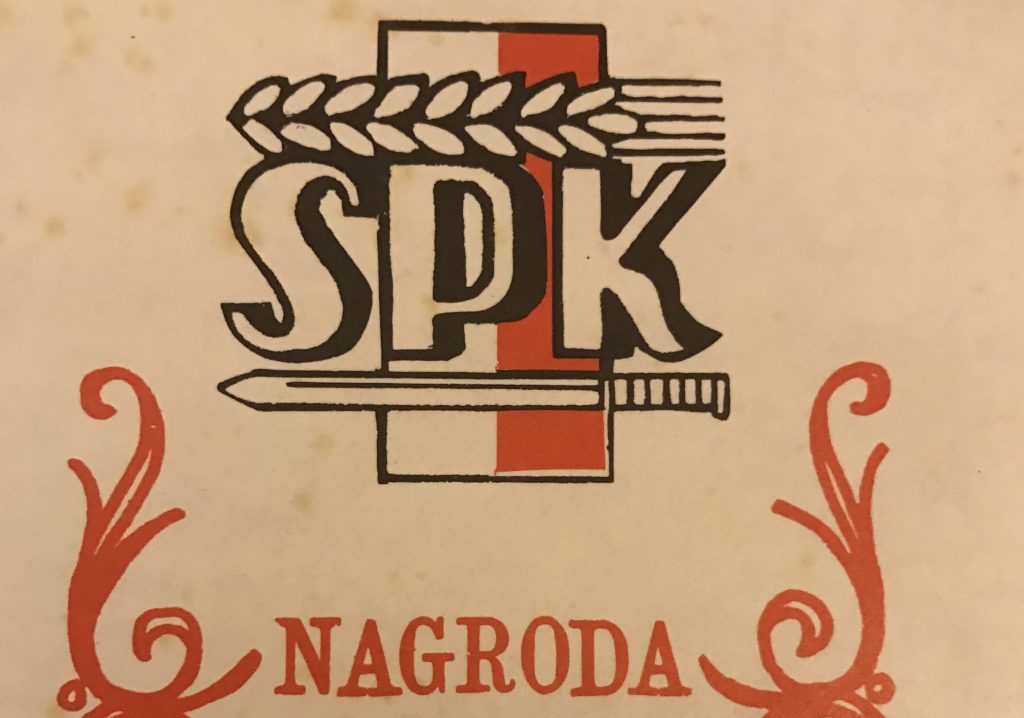
9. The Black Madonna
Imbued with magical properties, the image of the Black Madonna was in our homes, our churches and our hearts. Legend said it was brought by a Prince who couldn’t make the horse move beyond Częstochowa and so here it stayed, saving the Poles from the Swedes, in 1920 against Communist Russia, deflected a fire and survived slashing and Tartar arrows. For us Poles, beyond the religious symbolism, it demonstrates that a country with scars can continue and there is always hope.
![]()
10. Solidarność
The beginnings of the Solidarity movement was the first sign for us that changes were afoot in Poland. Suddenly we could do more than just learn our language and history. Organisations to help Poland were set up all over the country, particularly Medical Aid for Poland and we children joined in the excitement that finally there was hope of change. The TV became our source of rich information and Lech Wałęsa wore the Black Madonna on his lapel. Our childhood images of red and white were merged into this new symbol of a new dawn.
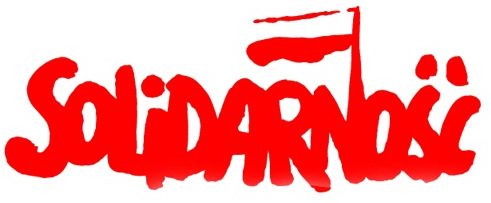 These are just a few of the images I most identified with and jumped out at me as the most intense ones I remember from childhood but there are many more which you may feel are important. Share them here or on my Facebook page.
These are just a few of the images I most identified with and jumped out at me as the most intense ones I remember from childhood but there are many more which you may feel are important. Share them here or on my Facebook page.
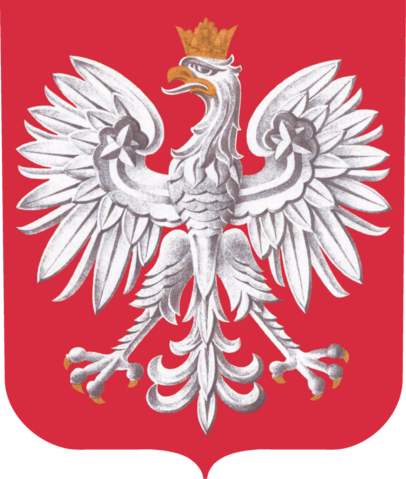
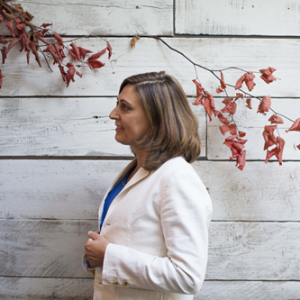
 1.Tracing Family History pre-WW2
1.Tracing Family History pre-WW2 2. Tracing Family History WW2
2. Tracing Family History WW2